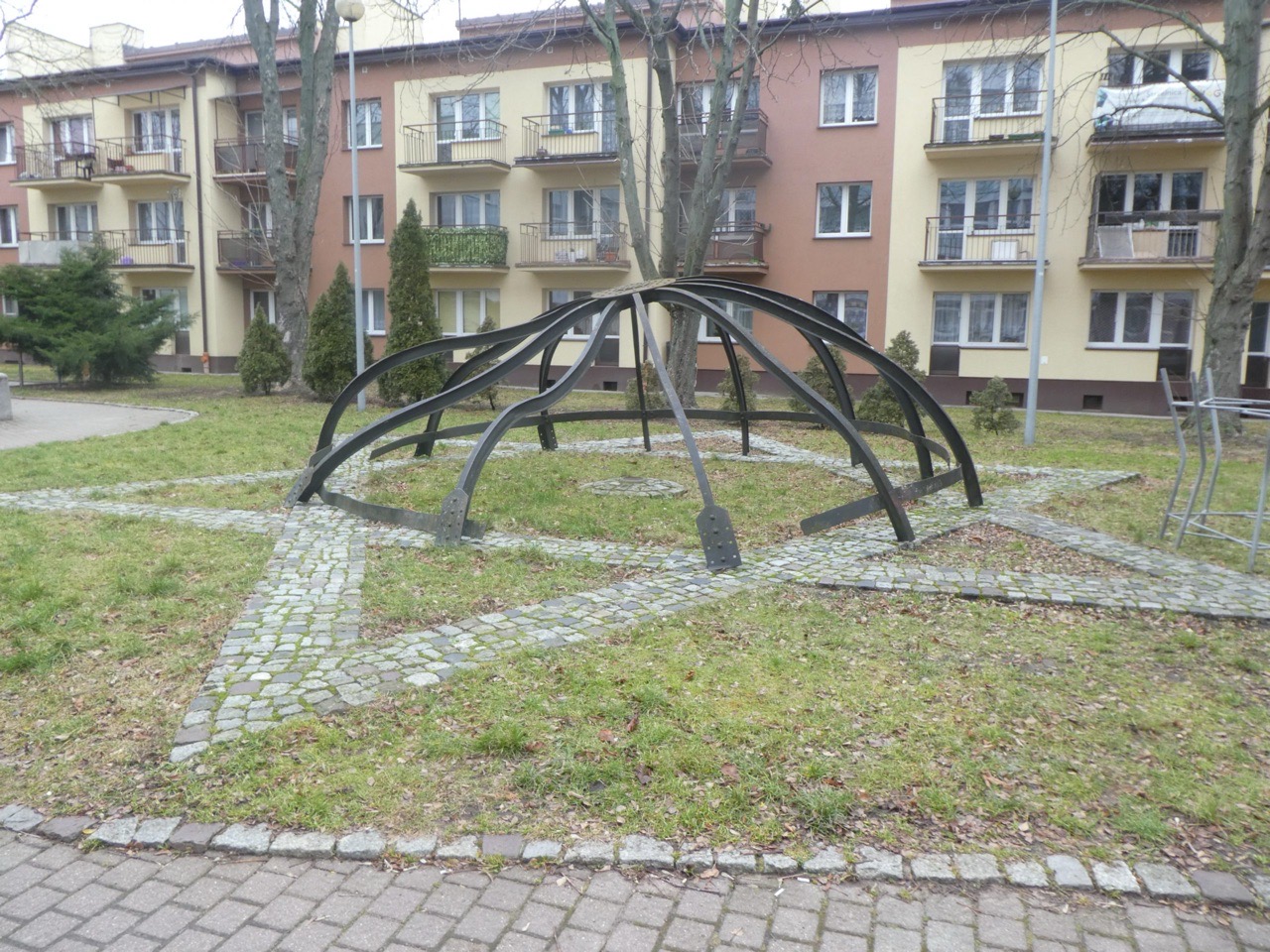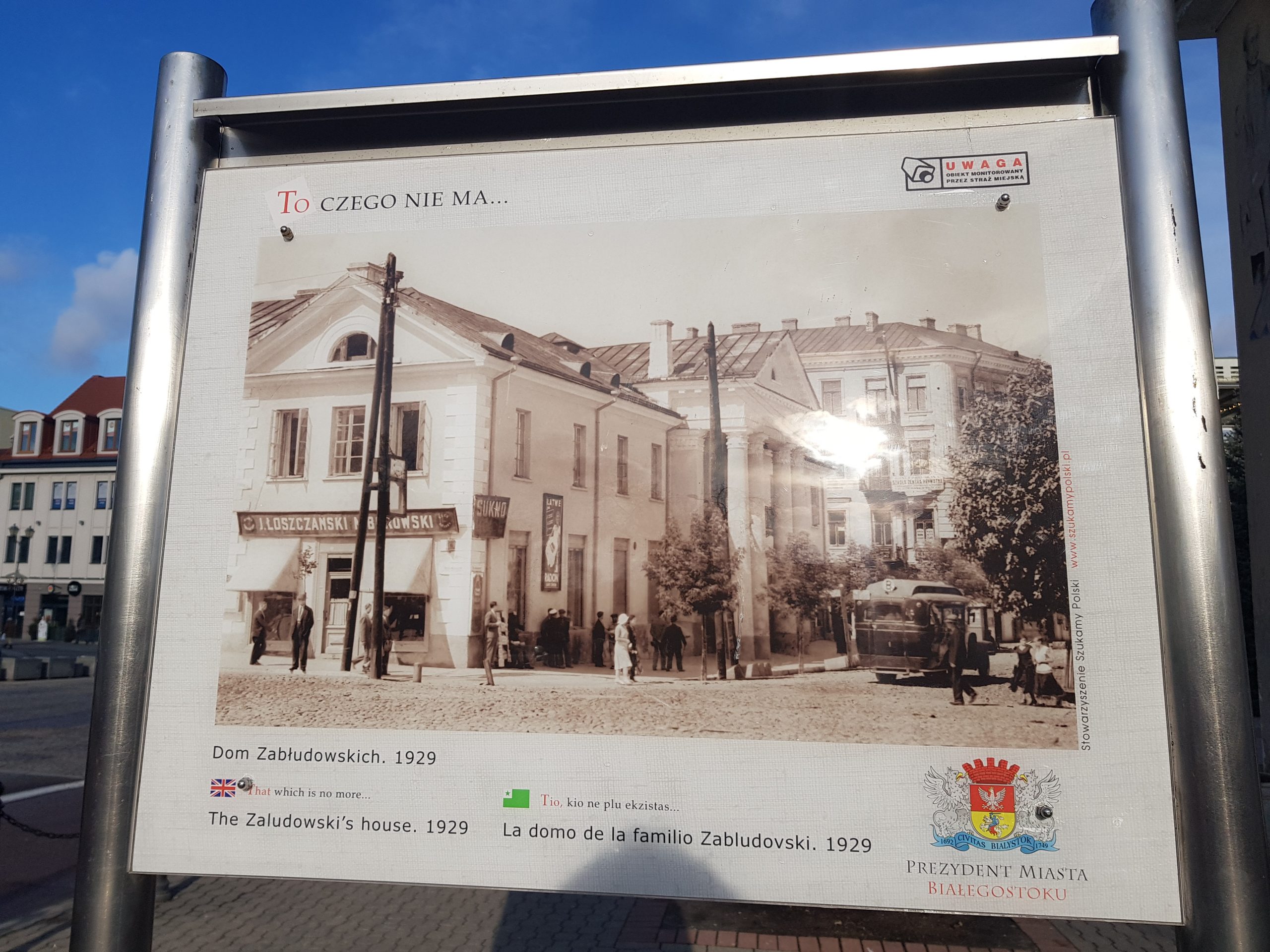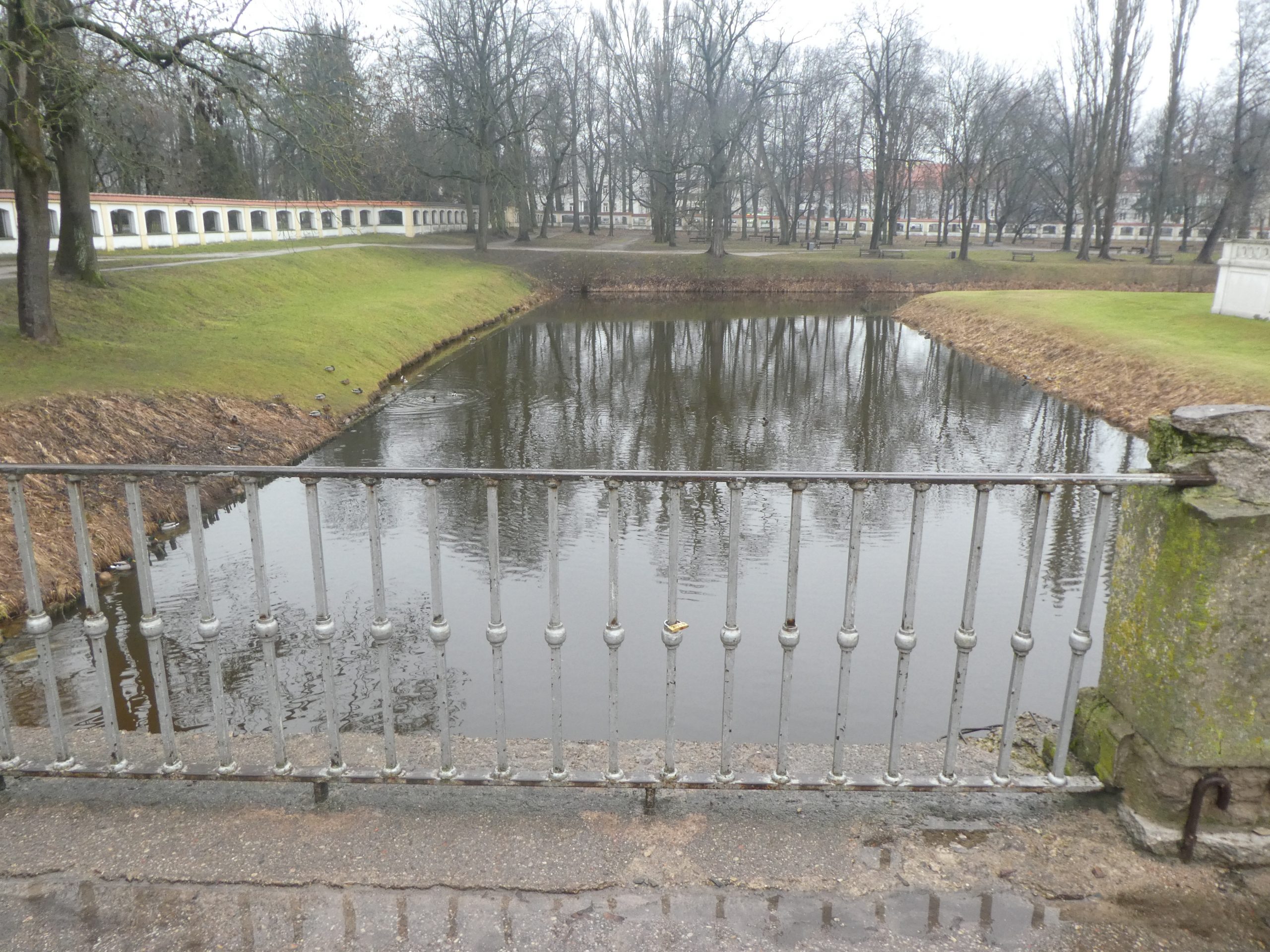Bialystok – Great Synagogue
This is the memorial to the Great Synagogue of Bialystok which once stood here, sadly destroyed by the Nazis.
A postcard of how the building, constructed between 1909 and 1913, once looked. At the time, around half of the city’s population was Jewish and there was a strong community which seems to have integrated relatively well, although there were some points of difference between the Polish population and the Jews. The Germans took over Bialystok at the beginning of the Second World War, but it was handed back soon after to the Soviets as part of the Molotov–Ribbentrop Pact. That subsequently fell apart and the Germans took the city back again on 27 June 1941.
The Nazis took little time in attacking the city’s Jewish community on the same day they took Bialystok, and Jews were forced into the streets and some were killed immediately, but many took sanctuary in the synagogue. Over 2,000 men, women and children were in the synagogue when the Nazis set fire to it, blocking the exits at the same time. Nearly all of those people died, along with another 1,000 Jews who had been killed elsewhere in the city on the same day.
The memorial was added in 1995 and comprises of this stone and the metal structure in the top photo, which depicts what the synagogue roof looked like after it had collapsed following the end of the fire. It’s nicely done, but it’s not that easy to find, with little signage towards to it. It’s also hard to understand where the footprint of the original building was, as the monument is in the middle of a courtyard area today.
I tried to look at how the international media reported the incident and it’s clear that it took some time for the details to come out. Initially, the reports said that 500 Soviets were held in the synagogue until a ransom was paid by their families, and after few days of non-payment, they were killed. There was a reference to the scale of the murder in late 1941 and separately the British United Press and Reuters also mentioned that 300 Jews had been killed after being held for three days without food. So although the information had got out in part, it was only in late 1942 that the details of the killing were widely reported. Perhaps few people could have believed at that stage that the Nazis would commit a crime of such a scale.






